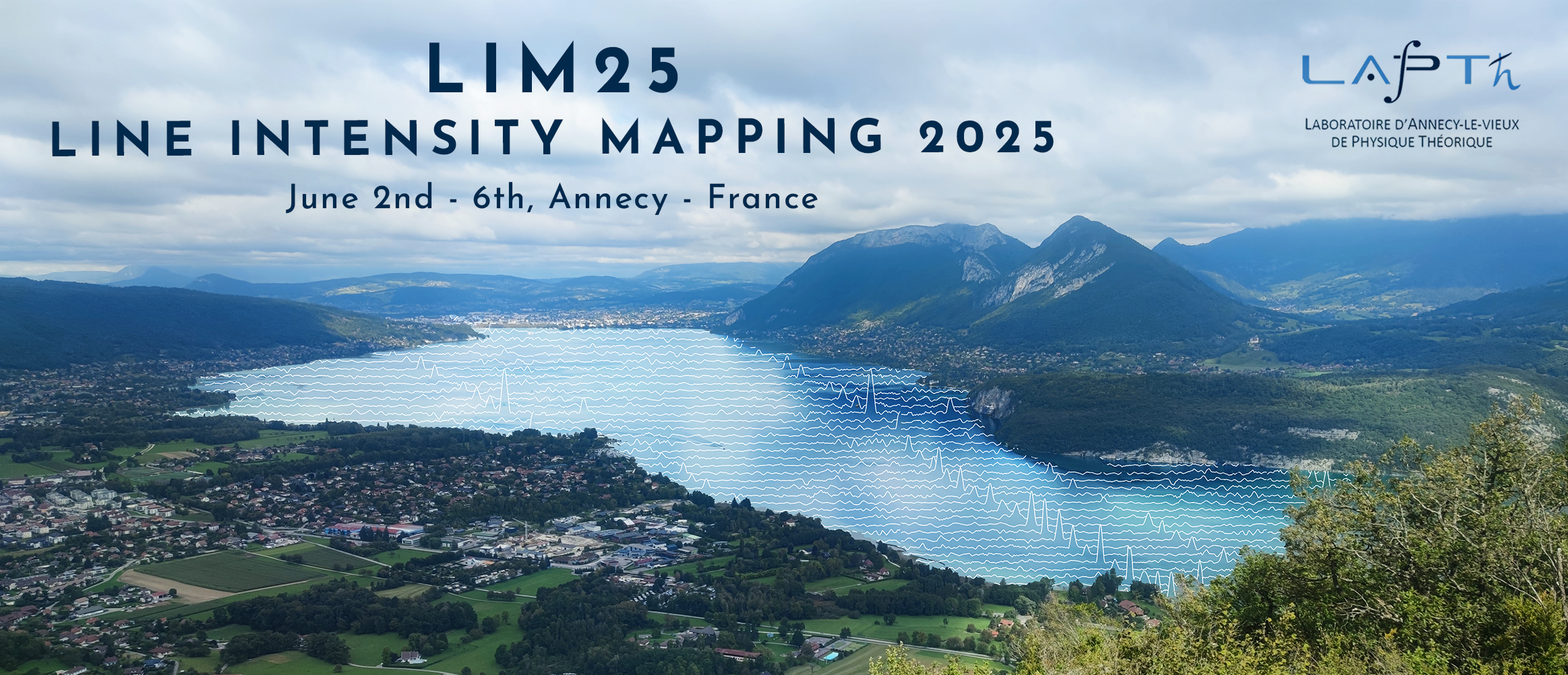Présidents de session
Contributed Talks 1: CHIME & CHORD
- Arnab Chakraborty (McGill University)
- Albin Joseph (Arizona State University)
- Simon Foreman (Arizona State University)
- Shabbir Isak Shaikh (Arizona State University)
- Tristan Pinsonneault-Marotte (KIPAC / SLAC)
HI intensity mapping offers a unique window to map the distribution of matter by tracing the distribution of neutral hydrogen. The Canadian Hydrogen Intensity Mapping Experiment (CHIME) aims to measure the clustering of HI through its 21cm emission at redshifts 0.8 to 2.5. In this talk, I will present a simulation framework for modeling and interpreting CHIME HI power spectrum measurement. I...
The Canadian Hydrogen Intensity Mapping Experiment (CHIME) is a drift-scan radio interferometer located at the Dominion Radio Astrophysical Observatory (DRAO) in Penticton, British Columbia, Canada. CHIME, operating between 400 and 800 MHz, will map the redshifted 21-cm emission of neutral hydrogen between redshifts z = 0.8 − 2.5 across the northern sky. The 21cm line is a tracer of the...
Mapping the distribution of neutral hydrogen through its 21 cm emission line provides a powerful cosmological probe for studying large-scale structures. The Canadian Hydrogen Intensity Mapping Experiment (CHIME), a drift-scan radio interferometer located in British Columbia, Canada, maps this redshifted 21cm HI emission across the frequency bandwidth of 400-800 MHz. In this talk, I will...
The 21cm line of neutral Hydrogen (HI) is an excellent tracer of the large-scale structure (LSS) of matter, with the potential to map most of the observable Universe. Its use as a cosmological probe has so far been hampered by the difficulty of separating the 21cm signal from the overwhelmingly bright radio foregrounds, along with the challenges of instrumental calibration and contamination...
The Canadian Hydrogen Observatory and Radio-transient Detector (CHORD) is an interferometric radio telescope optimized for 21cm cosmology, radio transients, and Milky Way science. CHORD is currently under construction at the Dominion Radio Astrophysical Observatory in Western Canada, and will leverage the technical and scientific successes of its sibling experiment, the Canadian Hydrogen...

